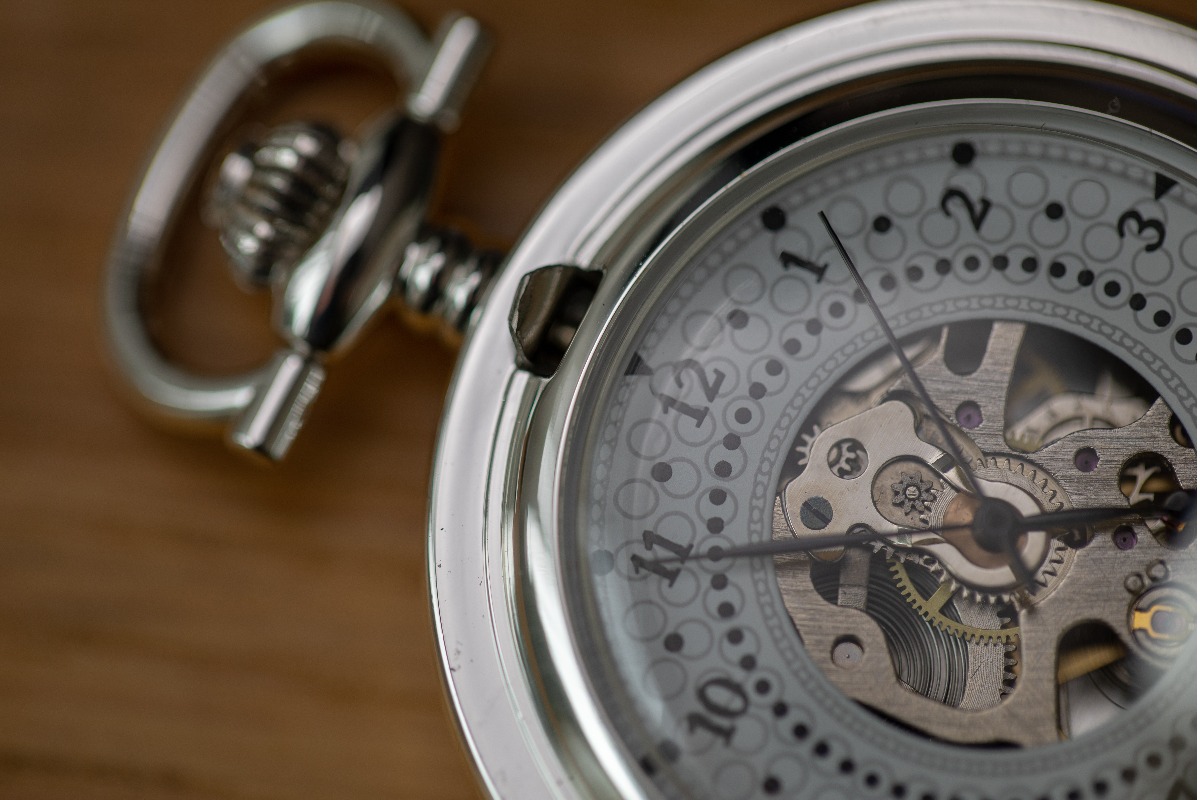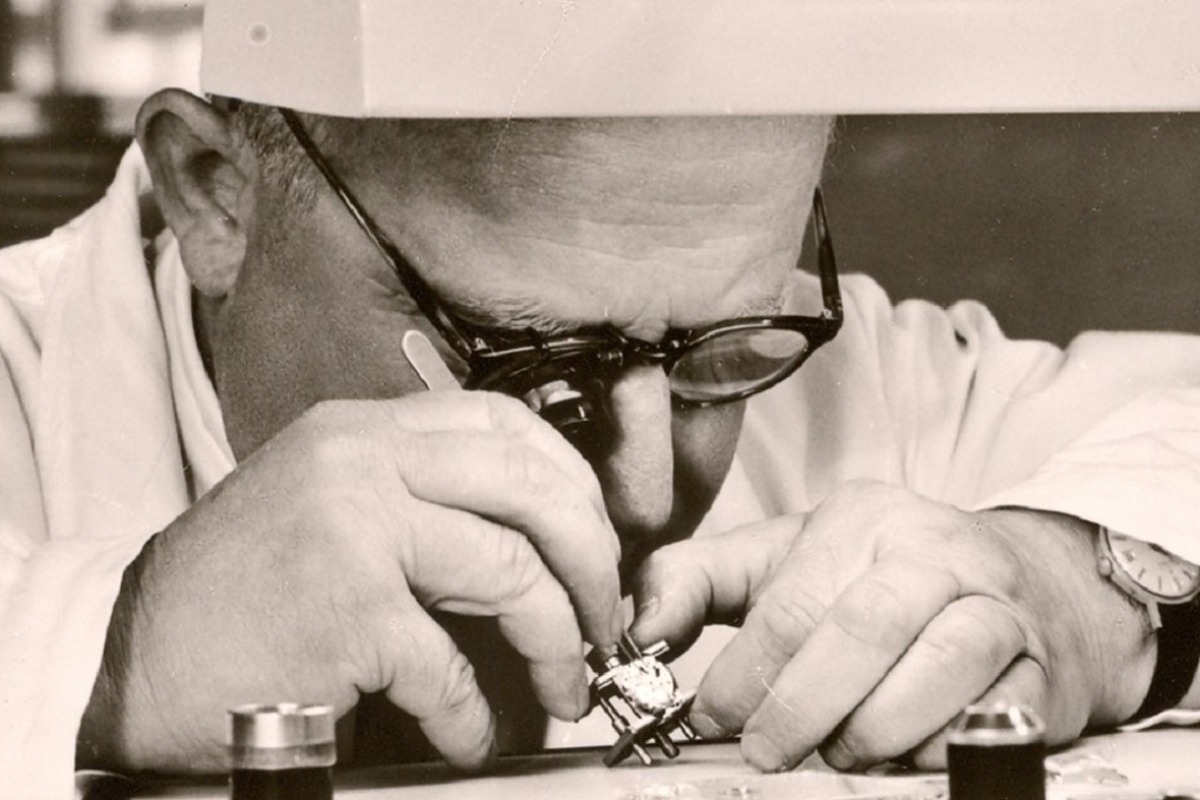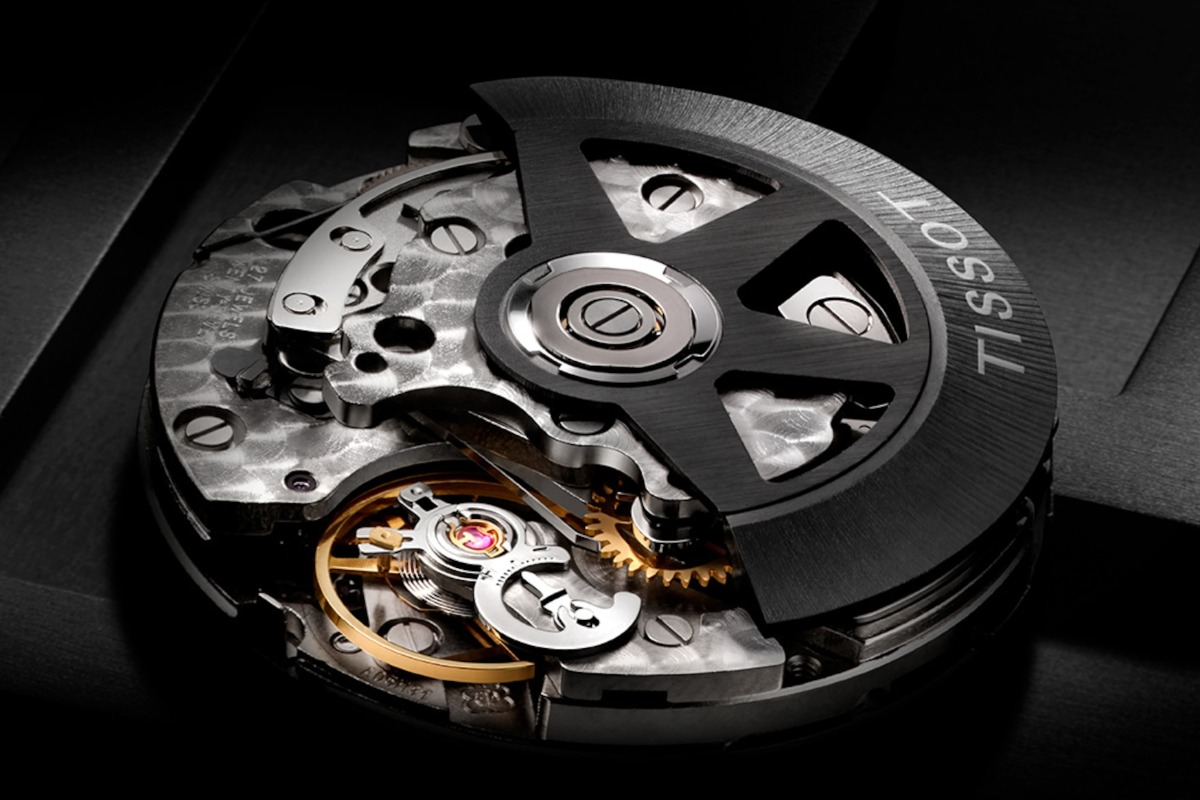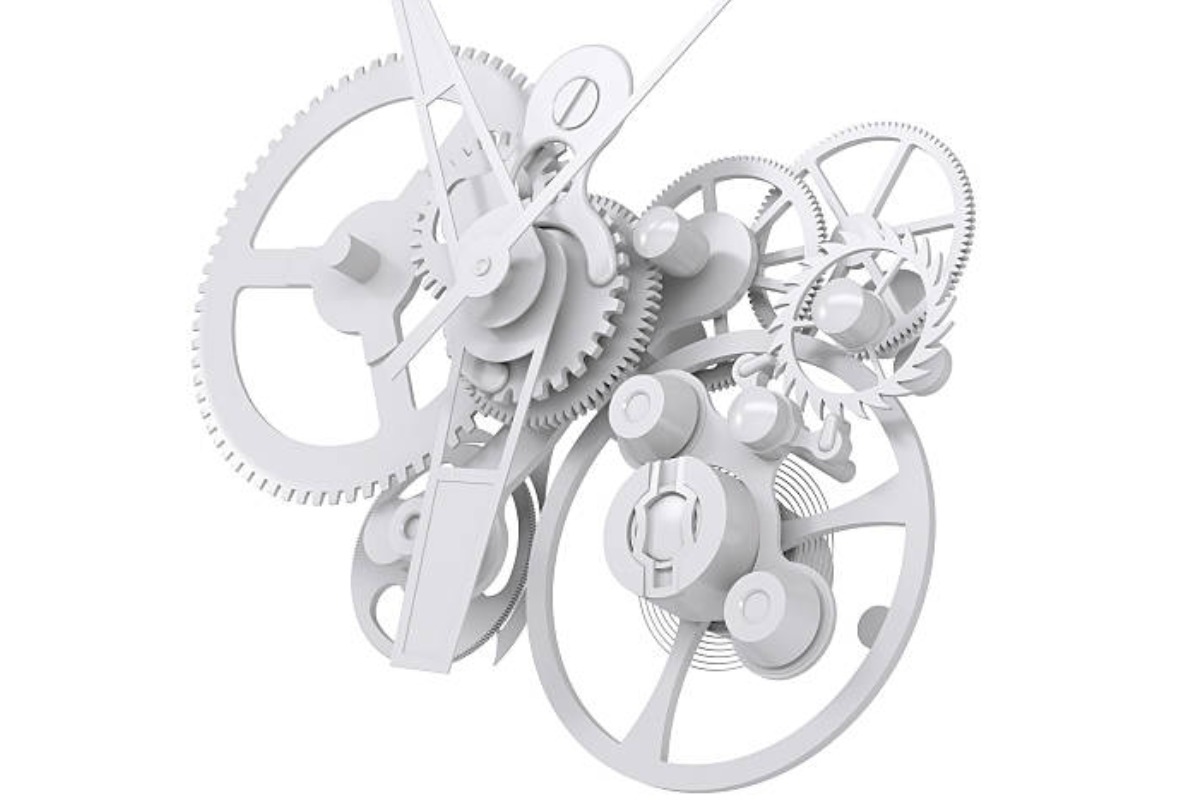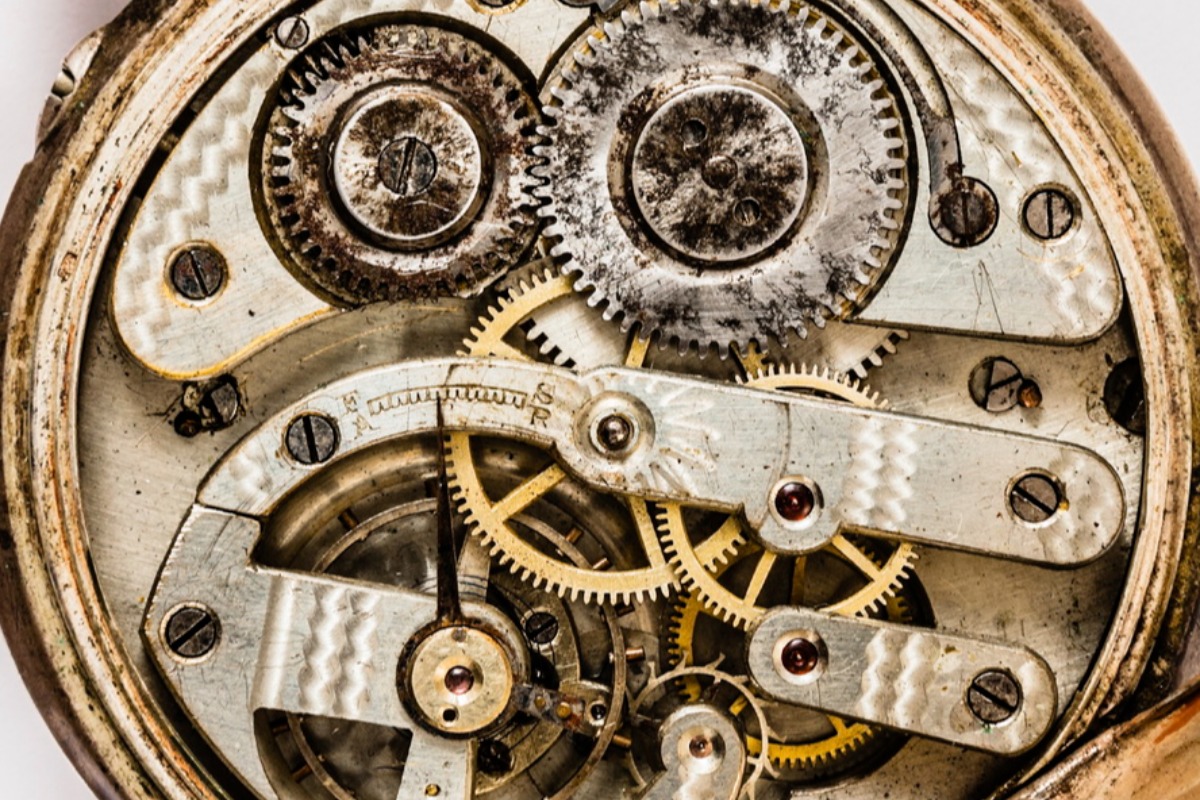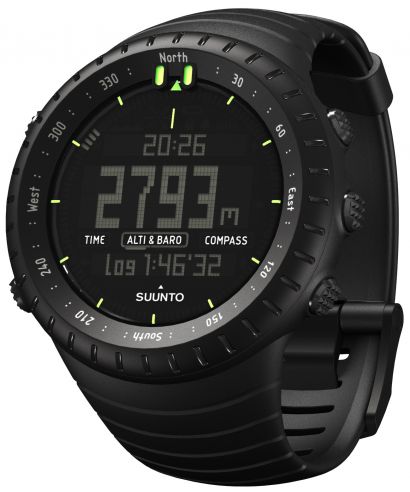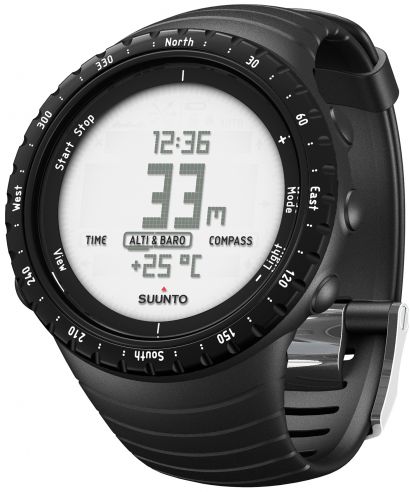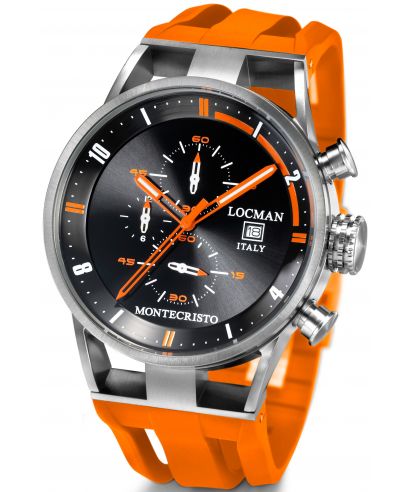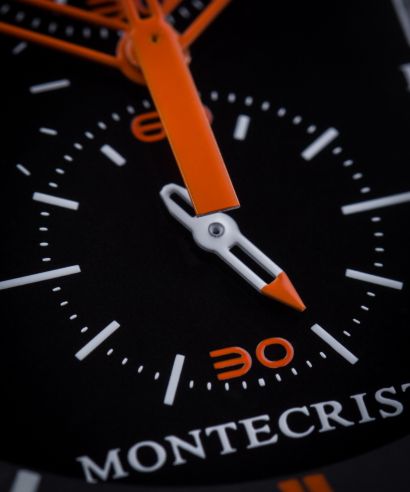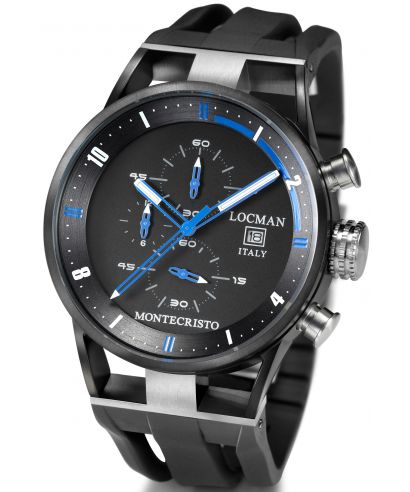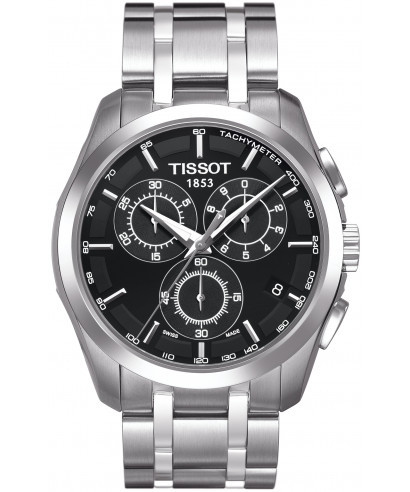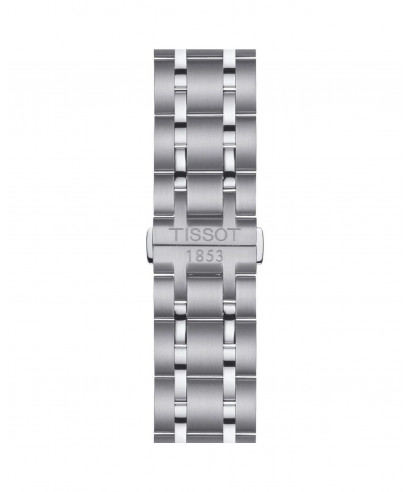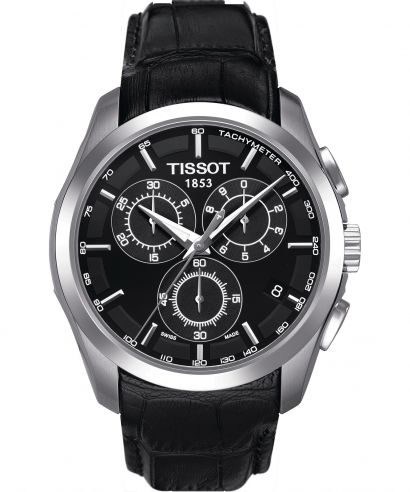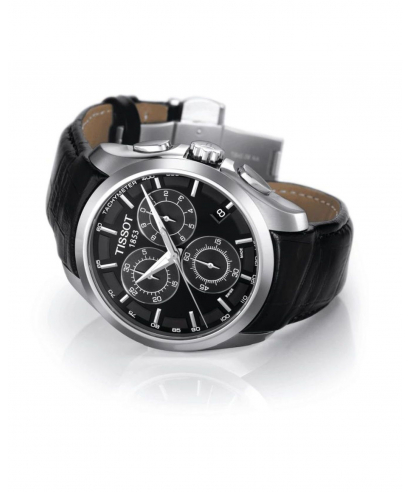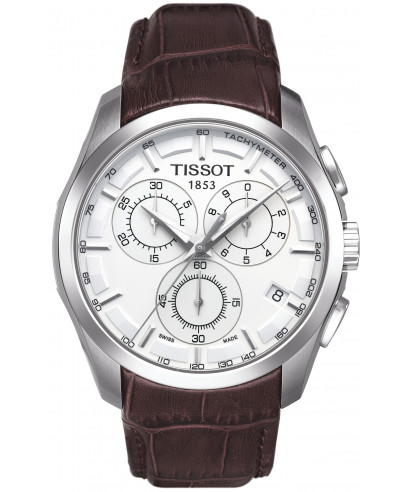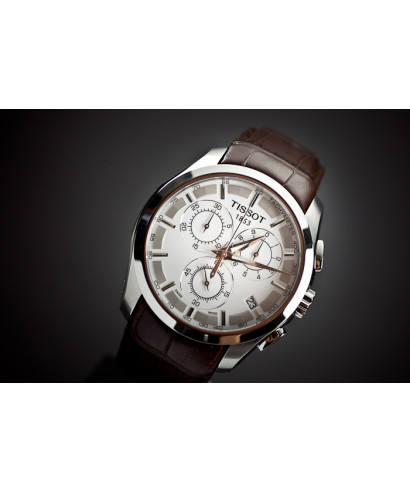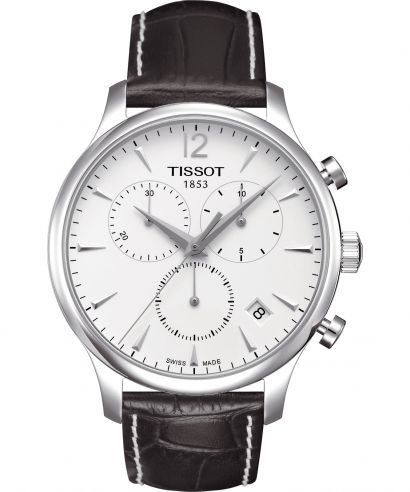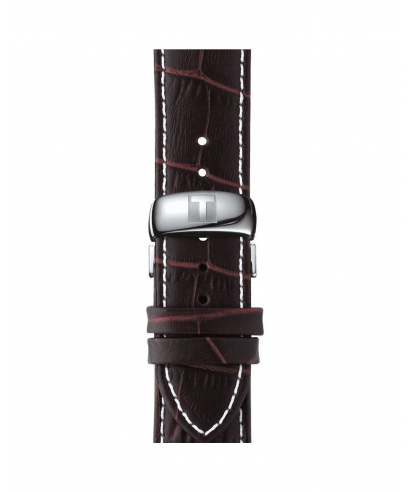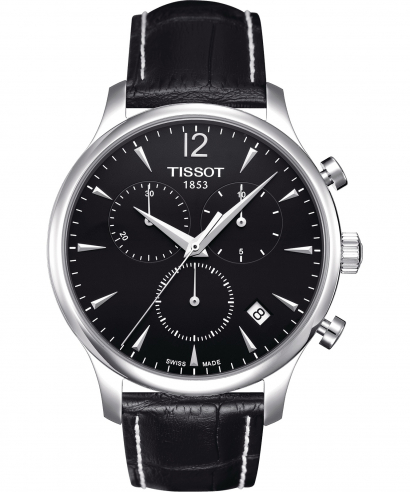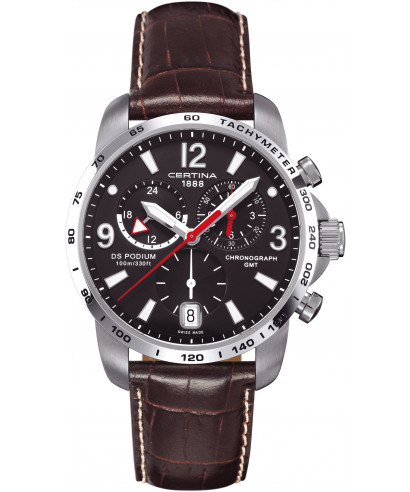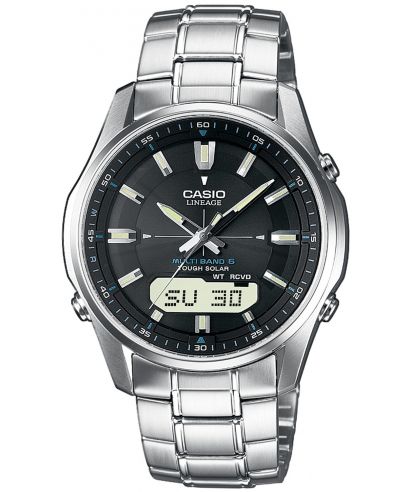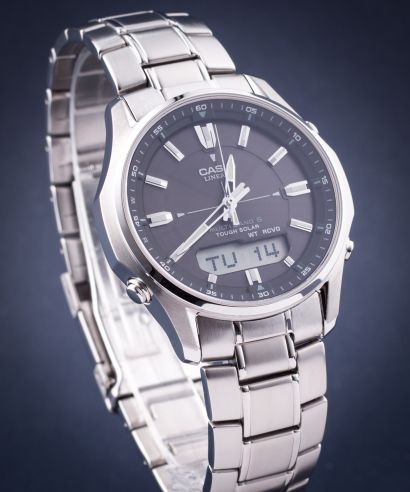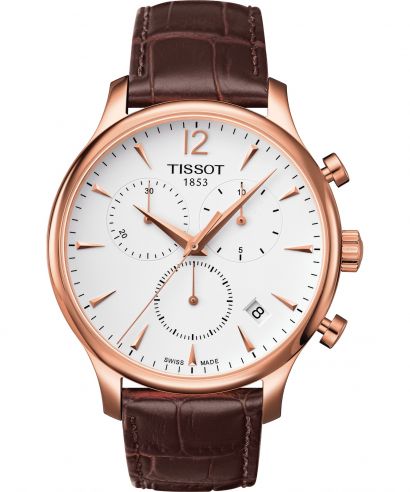
Valjoux movement. The history of stopwatches and chronographs

Various
Valjoux movement. The history of stopwatches and chronographs

Modern watchmaking is very much rooted in history and traditional values. If it were not for discoveries and innovations, the world of watchmaking would certainly look different than it does now, or it would not exist at all. How were the watches we know created? What did the first chronographs and stopwatches look like? Learn about the history of the most popular and recognisable movement in the world - the ETA Valjoux movement!
Valjoux movement - the origins of sports chronographs
To even begin to talk about the first chronographs, you have to go back almost 200 years, because that's when it all started. Well, maybe not everything, because not all of the history related to watches, but the period referring to the creation of one of the first devices measuring specific time intervals.
The exact history of sports chronographs begins in France in 1821, when Nicolas Mathieu Rieussec, a pupil of Abraham Louis Breguet and court watchmaker to King Louis XVIII, constructed a special device that was tested during a horse race at the Champ de Mars in Paris on 1 September that year. The invention recorded time segments lasting from ⅕ minute to 10 minutes by means of two hands and the ink left by one of the hands in the form of a blot on a rotating dial. Unfortunately, the inability to undo the indications proved to be a drawback, as it involved a thorough cleaning of the dial.
This ground-breaking device, known today as a "seconds chronograph" , received a patent from the Royal Academy of Science just a few months later on 9 March 1822. The invention was initially called "garde-temps ou compteur de chemin parcouru" (English translation: "time-keeper", or "counter for a path traversed") and later just a "chronograph". The term was derived from two words: chronos (time) and grapho (writes) – literally, “time-writer” in Greek.
Valjoux calibre - the history of the legendary Swiss movements
The following years also saw further attempts to construct a reliable device for measuring intervals. The breakthrough did not come until 1844, because it was then that the real history of the stopwatch and chronograph as we know and use it today in watchmaking began. The device that was patented in that year allowed the seconds hand to return to the zero position – the so-called "heart-piece return-to-zero mechanism". We owe its existence primarily to Swiss watchmaker Adolph Nicole, who came from the Valle de Joux.
Over the next few decades, various companies continued to improve the chronograph mechanism. However, our story goes in one direction, to the end of the 19th century to be precise. On 13 August 1897, the municipality of Les Bioux, from the aforementioned Valley, issued a decree to financially support the emerging watchmaking companies. Thanks to this support, in 1901 the brothers John and Charles Reymond opened a workshop, known as J&C Reymond Frères SA (the company was renamed Valjoux SA in 1929). Initially they manufactured watch parts, including chronograph movements mainly for military and athletes. Later, thanks to dynamic growth, their products reached a wider range of customers.
The first movement to come out of the Reymond brothers' workshop was introduced around 1907 – it was the prefabricated calibre 5 with a diameter of 43 mm (19 ligne). Subsequent calibres were cal. 8 with a 30-minute counter and cal. 9 with a split-seconds chronograph (rattrapante). In 1914, the now-legendary cal. 22 entered serial production. 2 years later, the cal. 23 was introduced. With calibre 23, the true history of the Valjoux 7750 chronograph movement began. The first one was a manual calibre with a diameter of 31.5 mm (14 ligne). The second one was a calibre with a diameter of 29.35 mm (13 ligne) – it was produced until 1974 and eagerly used in later years by renowned watchmaking brands including Audemars Piguet, Rolex, Patek Philippe and Vacheron&Constantin. The following years saw the production of further Valjoux movements.
Timeline
- 1936 - Valjoux 69 movement with a diameter of 23.35 mm (10.5 ligne), was the first to be used in small women’s watches.
- 1946 - first movement of the 7x series, calibres: 70, 71, 72, 72C with a calendar complication, 75, 76, 77 with a full calendar complication and a moon phase indicator.
- 1967 - 7730 movement, calibre 188 with a diameter of 31.5 mm (14 ligne), invented by the company Venus S. A. belonging to Ebauches S. A.
- 1960s/1970s - the following calibres are based on the Venus 188: 7733 with 30- and 45-minute counters (1,030,765 pieces were produced), 7734 and 7736 with an additional 12-hour counter.
- 1971 - Valjoux 7740 manual movement with a diameter of 31.5 mm (14 ligne).
Cal. Valjoux 7750 - bestseller among Swiss chronograph movements
In the 2nd half of the 20th century, renowned watch brands were keen to use the classic Valjoux 22, Valjoux 23 and Valjoux 72 movements. The revolution came soon after. In 1973, the company introduced a true bestseller, the well-known and eagerly used Valjoux 7750 chronograph movement!
The manufacture of the cam-operated automatic movement was based on Eduard Heuer's patented system from 1887. The Valjoux 7750 consists of approximately 250 parts. Its rotor winds the spring in one direction only. Once the spring is fully wound, the calibre boasts a power reserve of over 44 hours. The frequency of the movement is 28,800 vph – this allows it to measure time with an accuracy of ⅛ of a second.
The triumphant return of the Valjoux 7750 movement came in 1983 after the mechanical watch crisis. Today, it is used by most watchmaking manufacturers in a variety of models. It is impossible to list them all, so below you will only find examples of brands using this type of calibre in the manufacture of their watches.
Valjoux movements with calibre 7750 and Swiss watch brands
When browsing through the offerings of Swiss watchmaking manufacturers, you will certainly more than once come across watches powered by renowned Valjoux movements and the Swiss-made cal. 7750. These types of movements power, among others, watches from brands such as Tissot, Certina, Aerowatch or Atlantic. The first two aforementioned manufacturers use different types of Valjoux movements. Certina Ds Prince Chrono Automatic watch C008.427.11.057.00 employs the calibre 7753 with three counters, 27 jewels and a power reserve of up to 48 hours. The models T131.627.11.052.00 and T131.627.16.042.00 from the T-Sport PRS 516 Automatic Chronograph collection, however, come from the Le Locle-based manufacture and are powered by the Valjoux A05.H31 chronograph movement with a double counter and a 60-hour power reserve.
The other two aforementioned Swiss watch companies, Aerowatch and Atlantic, have used the standard Valjoux 7750 calibre only in selected watches, e.g. in the aviation watch with a no. 61989-AA05 from the Les Grandes Classiques Chronograph Automatic collection and in the limited edition watches from the Worldmaster 1888 Chronograph Valjoux Automatic collection, with an interesting retro design reminiscent of the 1920s and 1930s - check out the 55852.41.93 and 55852.41.63 models (they are limited to only 188 pieces). In addition to the chronograph, each of these aforementioned models also features a unique date complication.
Valjoux 7750 movement and global watch brands
In addition to the Swiss brands, other companies are also keen to use this particular type of Valjoux 7750 movement in their production. One of these is the Polish watch manufacturer Balticus, which has used it in several limited editions models. These include the BLT-BALGSGRNCH (with a green dial), BLT-BALGSGRCH (with a grey dial) and BLT-BALGSBLCH (with a blue dial) watches from the Grey Seal Chrono Limited Edition collection (they are limited to only 40 pieces) and models from the Stardust collection - the BALSDDCHABA with a damascus steel case and aventurine dial or the steel BALSDCHABA with a dial also made of blue aventurine. The automatic movement of each of these products is characterised by: 46-hour power reserve, 25 jewels, a seconds stop function and a frequency of 28,800 vph. In addition, each of the Balticus aforesaid models allows the wearer to observe the smooth operation of the Swiss Valjoux calibre through the transparent caseback.
What does it look like with other manufacturers? Zeppelin, the German aviation watch brand, for example, is keen to use top-class Swiss Made movements. It comes as no surprise, then, that in one of its limited edition collections, Eurofighter Automatic Chronograph Limited Edition, the brand used the ETA Valjoux 7750 calibre, so popular with wearers and manufacturers. The collection, which refers in name and design to the twin-engine multirole fighter jet, consists of several models limited to only 500 pieces. Fans of aviation technology and history, as well as lovers of sky-high travel, can choose between two models with steel bracelets with the reference numbers 7218M-3 (navy blue dial) and 7218M-5 (beige dial), as well as the 7218-3 watch with the characteristic aviation stitched straps with a navy blue dial. All models feature the aforementioned mechanical bestseller with a chronograph, guaranteeing accurate timekeeping.
The phenomenon of Valjoux movements
The phenomenon of Valjoux calibres continues and there is no indication that the watchmaking world will give up on these functional and practical automatic movements. They are true bestsellers that offer the prestigious Swiss Made class, precise timekeeping, and reliability in measuring both shorter and longer distances. On top of this, the calibre 7750 features such complications as a perpetual calendar, a tourbillon or a minute repeater. Got inspired by this brief history of the Valjoux movement? Check out our range of automatic watches that use this type of movement!

